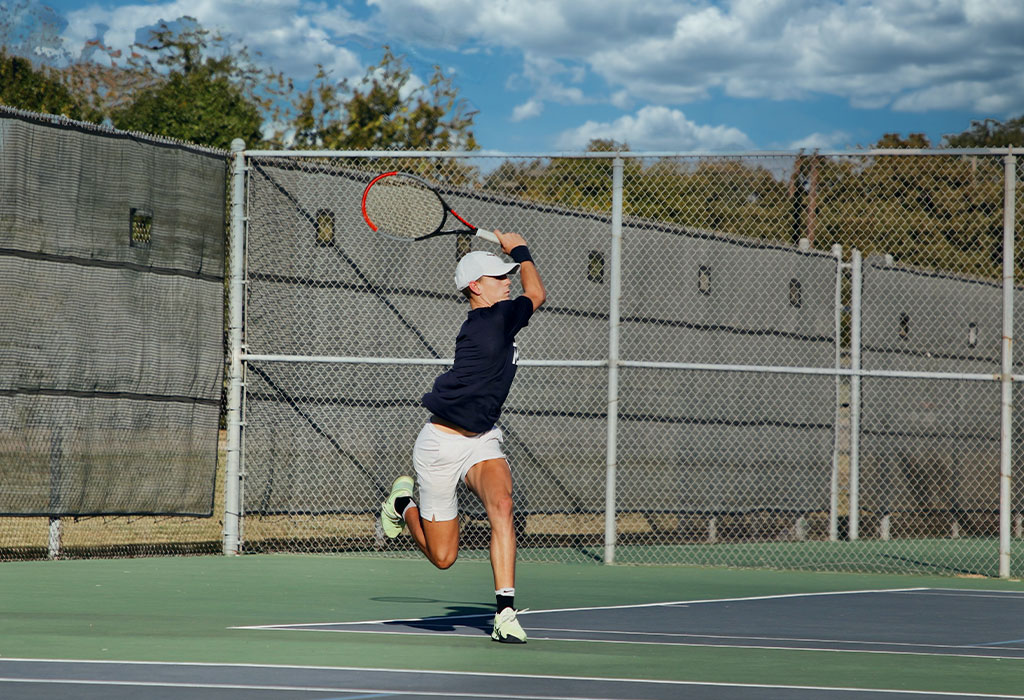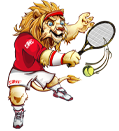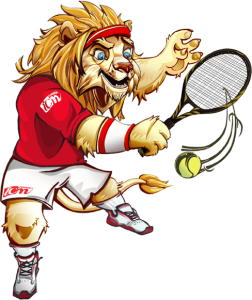
1. How reliable is my first serve?
A big first serve that rarely goes in is not much of a weapon. To make your first serve more accurate divide the service square into three equal sized areas from the service line to the net. Now serve wide to the forehand side, then the middle, then serve down the center line.
Serve successfully into each area before going on to the next. Initially give yourself two serves per area and then only one serve. Once you can complete a series of two consecutive successes to each area, you have reached your goal.
2. How much pace do I generate?
If your serve lands in the service court, but the ball does not carry to the back fence, you need to increase your racket head speed. One trick is to bounce the ball hard into the ground with your racket and see how high it ricochets into the air. Pronate your forearm as fast as you can, and if the ball stays in the air for three seconds before it hits the ground, your racket head speed is acceptable.
3. How effective is my kick serve?
Test to see whether your kick serve can hit close to the singles side line on the ad side and then rebound outside of the doubles side line. If the ball does not carry that far, have your racket brush upwards and sideways past the right upper quarter of the ball. This will give it more of a wide kick.
4. How effective is my slice serve?
If your serve does not carry wide of the doubles side line on the deuce side after hitting the singles side line, you are not getting enough side spin. Hit the ball at the 3 o’clock mark and then pronate your forearm sharply through the hit. Now you should be able to move your opponent way off the court.
5. How effective is the depth consistency of my serve?
If your serve varies greatly in depth, it is most likely that your toss is not reliable enough for consistency. Try to lift the ball up into the air with almost no rotation. You may also want to experiment with the abbreviated backswing technique, made popular by Patrick Rafter.
This abbreviated backswing technique simplifies the racket preparation and ball toss because the hands stay close together at the beginning of the serve and then lift simultaneously. The only drawback of the serve is when you don’t rotate your right shoulder at the end of the racket preparation; you put stress on your rotator cuff.
6. How effective am I at hiding the direction of my serve?
If your opponents seem to read your serve like a book, you are likely giving away your intended direction by your toss. A good way to solve this problem is to use a semicircular toss. Now your opponent has almost no clue whether you are going to hit a flat, slice or topspin serve.
7. How does my serve hold up under pressure situations?
Many players serve well until the score becomes critical and then they fall apart. They get so jittery that their usual reliable serve loses all directional control. To overcome this from happening to you, clear you mind. Stop thinking of the point, but focus all the attention only on centering the desired serve.
Photo by Braden Egli on Unsplash
source: active


